No products in the cart.
Aspect Ratios in Packaging Design: A Guide for Designers
What is an aspect ratio?
In graphic design, the aspect ratio is the two numbers (or ratio) used to indicate a video or image's width and height. Aspect ratios for a photo or video are always numbers separated by a colon, with the video or image's width coming first in the aspect ratio, followed by the height. Aspect ratios help create uniformity across different platforms like computer monitors, social media platforms, print photographs, modern devices like a high definition television, and anywhere else the image or video will be displayed.
By deciding on a standard aspect ratio for all your brand's promotional video materials and packaging, you can ensure your image size is accurate and that visuals aren't stretched or morphed in any way. You'll also know how much space your image requires in packaging. Selecting the right aspect ratio majorly influences your customer's perception of the image, and deciding between the different aspect ratios should not be taken lightly.
In this blog, you'll learn more about common aspect ratios, how to choose from the various aspect ratios, and how CarePac can help.
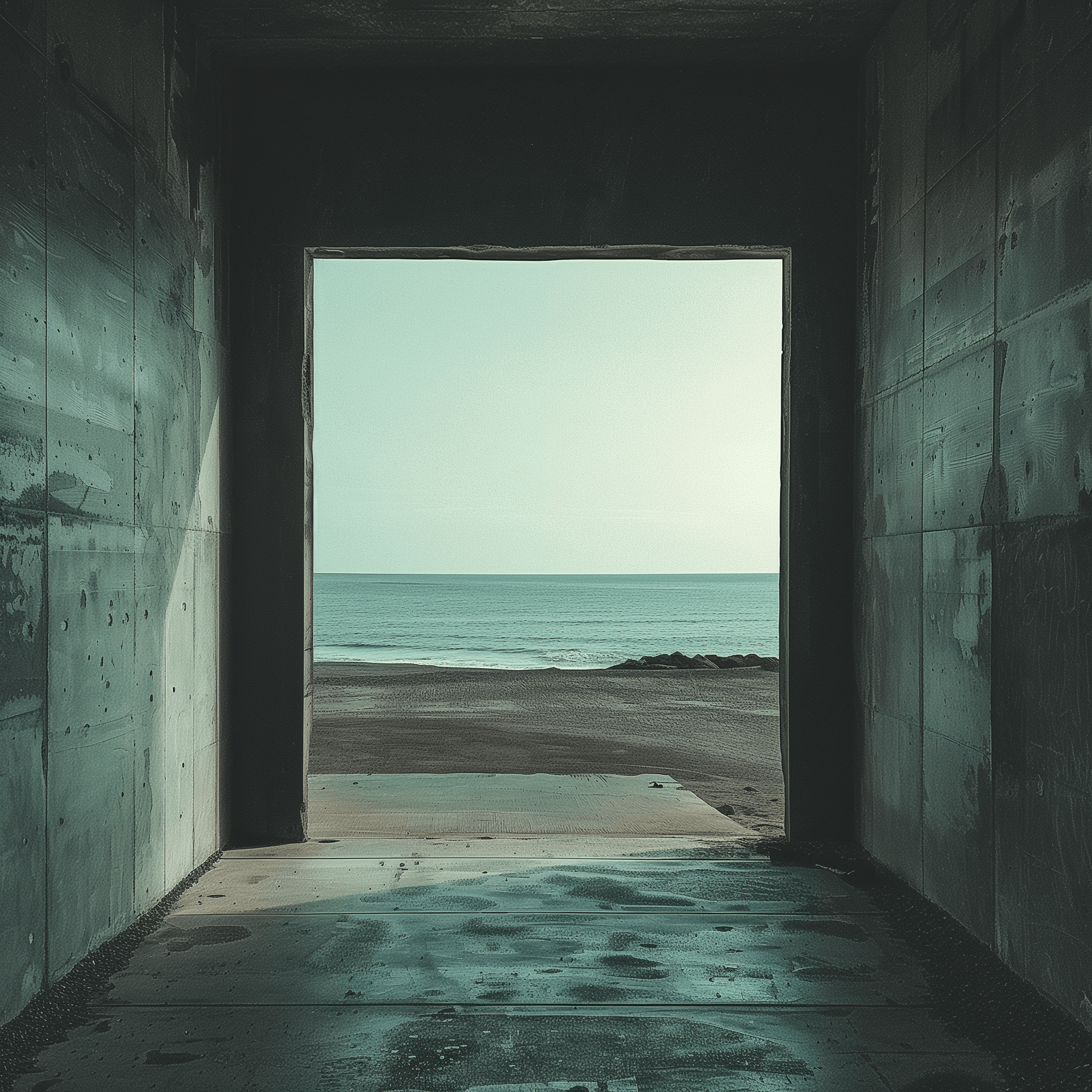
What are common aspect ratios?
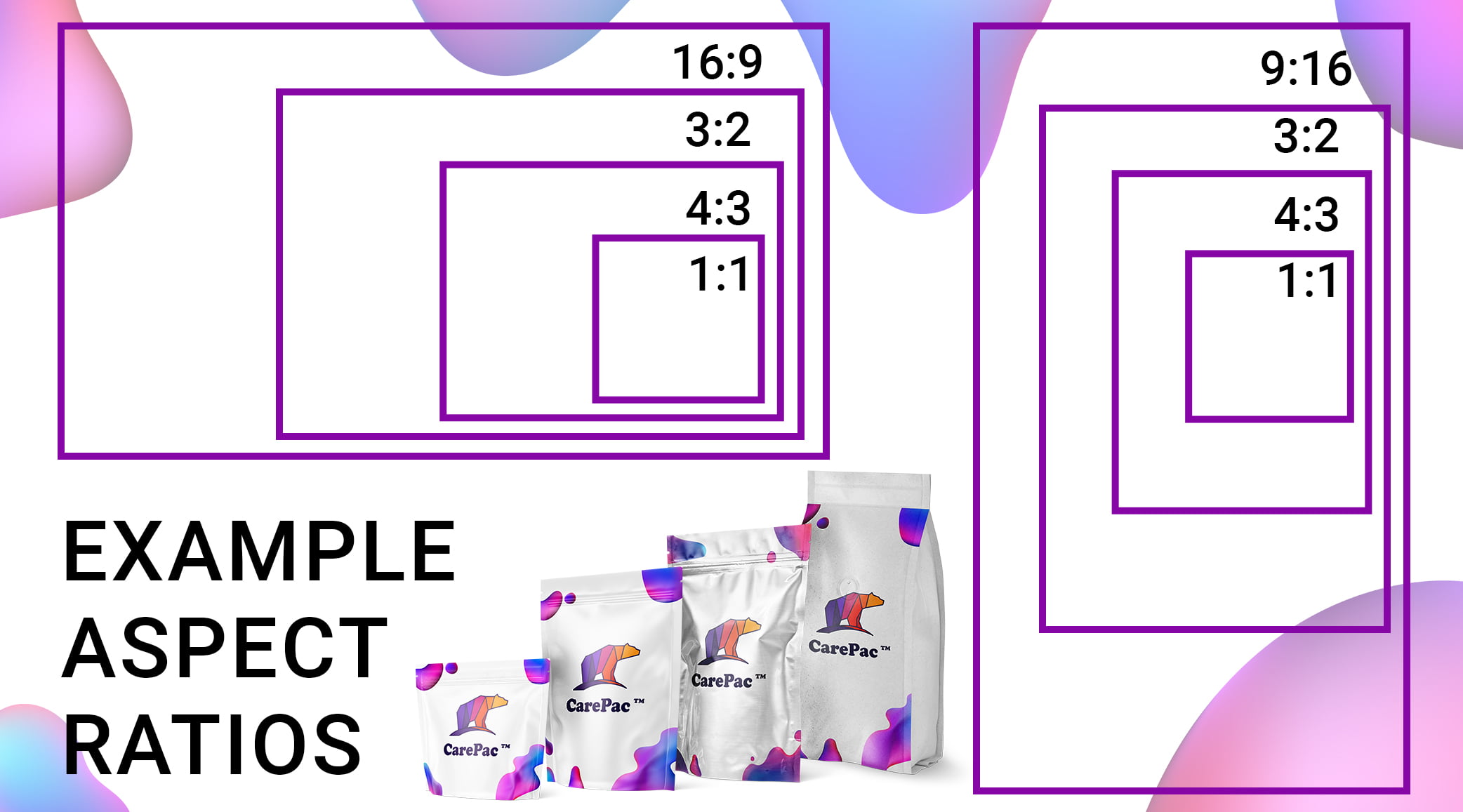
The most common aspect ratios are 1:1 aspect ratio, and 3:2, 5:4, 6:5, 7:5, and 16:9. Here's a little more information about what these common photo and video aspect ratios mean:
1:1 aspect ratios
A 1-to-1 aspect ratio is a perfect square format, meaning the width and the height of the square image are exactly the same (or have a proportional relationship.) You'll see these image sizes used commonly on social media sites viewed by mobile devices, like Instagram posts or profile photos on LinkedIn or Facebook. If you ever see a square video on these sites, it's a 1:1 aspect ratio.
3:2 aspect ratios
This is a wider aspect ratio that resembles a rectangle. It's a popular format for print photos and is a common picture frame size.
4:3 aspect ratios
Though the 4:3 aspect ratio has gradually been replaced by the 16 9 aspect ratio, the 4 3 aspect ratio has widely been used in TV and computer monitors.
16:9 aspect ratios
The 16 9 aspect ratio is often referred to as a "widescreen aspect ratio" and is the standard file format for presentation slides and widescreen TV screens. It also equals ultra HD video resolution, so this video aspect ratio is often used by high definition and medium format cameras. If you're in the film industry, this is a very common video aspect ratios.
9:16 aspect ratios
The 9 16 aspect ratio is a portrait orientation used by the film industry and social media content creators for specific video content for social media, like TikTok videos and Instagram stories. In this digital age, it's incredibly common -- if you've ever viewed a video on social media, you've encountered the 9 16 aspect ratio, one of the most common video aspect ratio options available.
Other ratios
Though there are many other aspect ratios available, these are some of the most common aspect ratio dimensions you'll see. Always confirm the ratio with your design and video team.
Choosing from the different aspect ratios
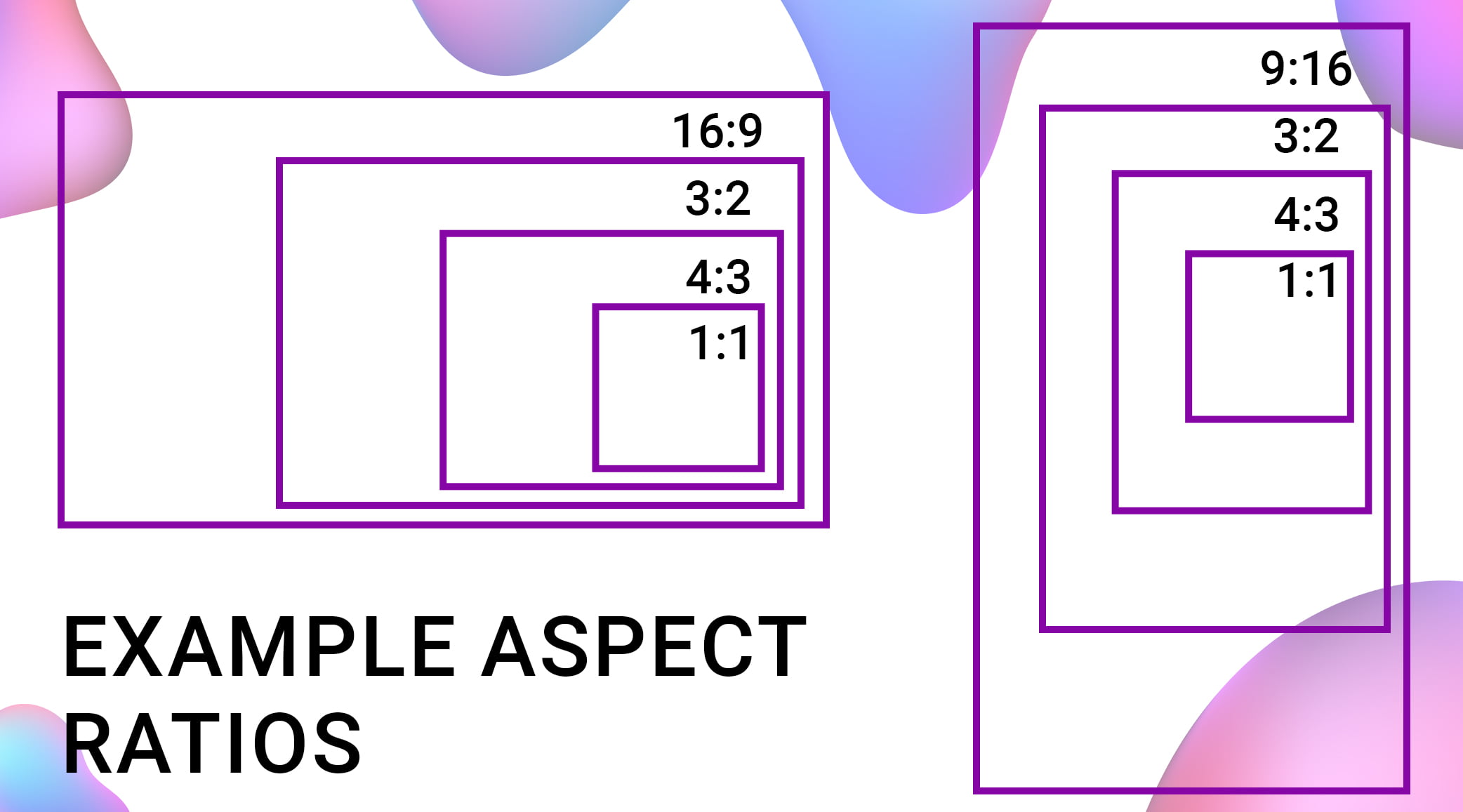
When it comes to choosing a single aspect ratio from all the common aspect ratios available, it ultimately comes down to your intent and the platform where your image or video will be seen. Ask yourself these questions to make it easier to narrow down an aspect ratio option for your needs:
Where will the image be used?
If it will be used on social media platforms (as an image or as a profile photo), you'll probably want to use a 1:1 aspect ratio, and you'll want to use the same aspect ratio across different social platforms so they all share a common ratio.
If the image or video will be viewed in widescreen formats or in higher resolutions, you'll want to use a 16 9 aspect ratio. Deciding where and how your image will be used is essential to selecting the appropriate aspect ratio and image sizes. This helps avoid unsightly black bars on a wider screen or anamorphic widescreen format. Remember, selecting the right ratio is key!
Will the image be printed?
If the image is going to be printed, you'll want to opt for a 3:2 aspect ratio. This ratio is best for print sizes for framing or advertising. In most cases, the studio or printing company will request the correct size so there's no guesswork involved when you upload images, but it doesn't hurt to be informed about the common resolutions multiple aspect ratios.
Will you need to use the same aspect ratio?
The other important thing to consider is if you'll need to use the same aspect ratio across your entire project, or if you'll need to switch it up. Remember, the ratio differs across different formats, so if you're using the same image in a social media video and print packaging, the aspect ratio and image size will need to be adjusted accordingly
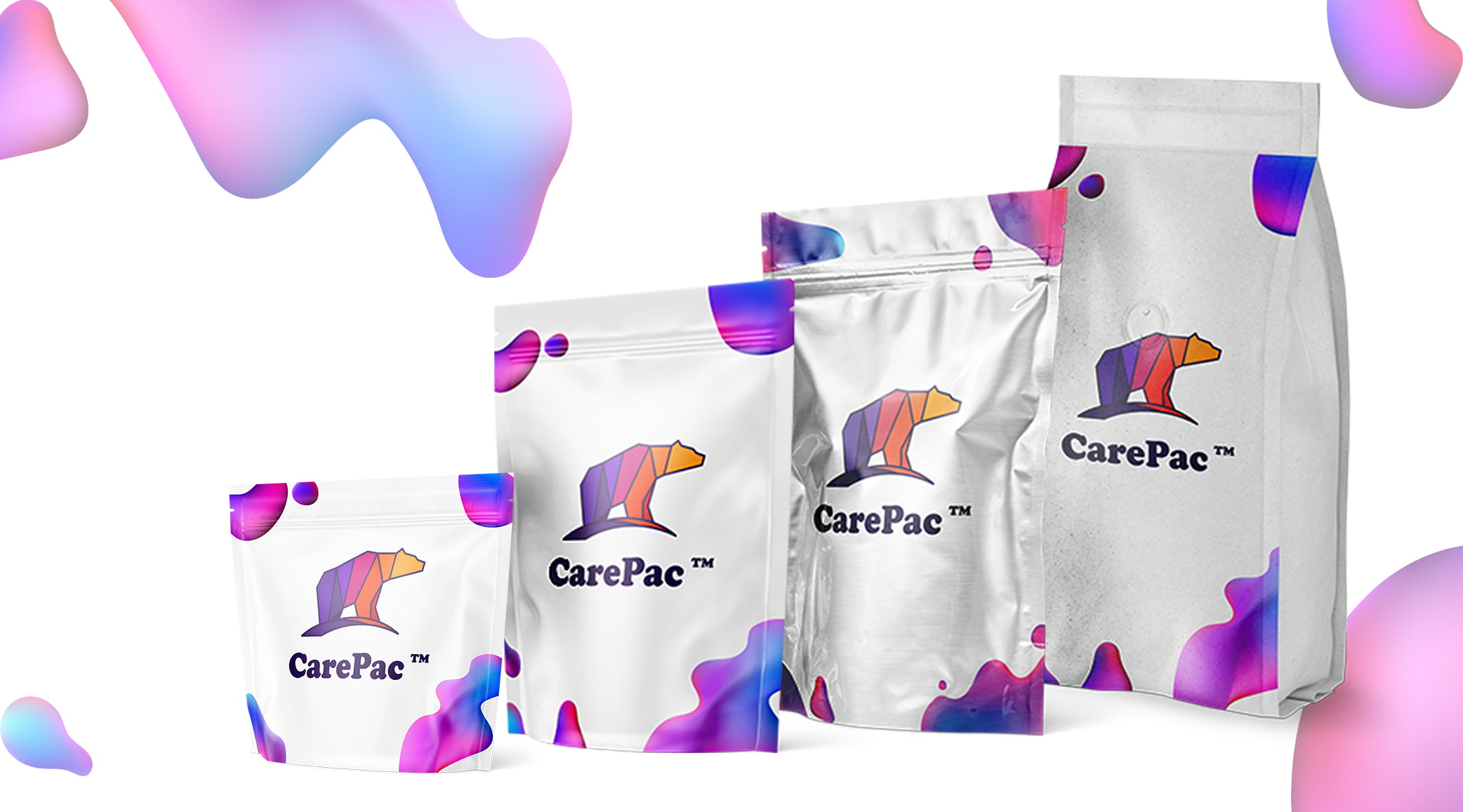
Aspect ratios and print quality
We've discussed common aspect ratios and how they impact images viewed on mobile devices, vertical videos, and wider screens, but is the aspect ratio important for printing? The answer is YES! An image aspect ratio will 100% impact the final print quality. For example, if the aspect ratio of the print is different from the aspect ratio of the image, the visual aspect of the image will need to be cropped. This results in image loss from the width and height, or the left and right sides.
To ensure your aspect ratio is appropriate for the print size and to avoid any lost width and height, connect with your printer or graphic designer to get the total pixels and aspect ratio dimensions. Some even have preset aspect ratios to work with. They will be able to provide you with the best ratio for photo or video, and will help you avoid black bars that appear if wider aspect ratios are not used.
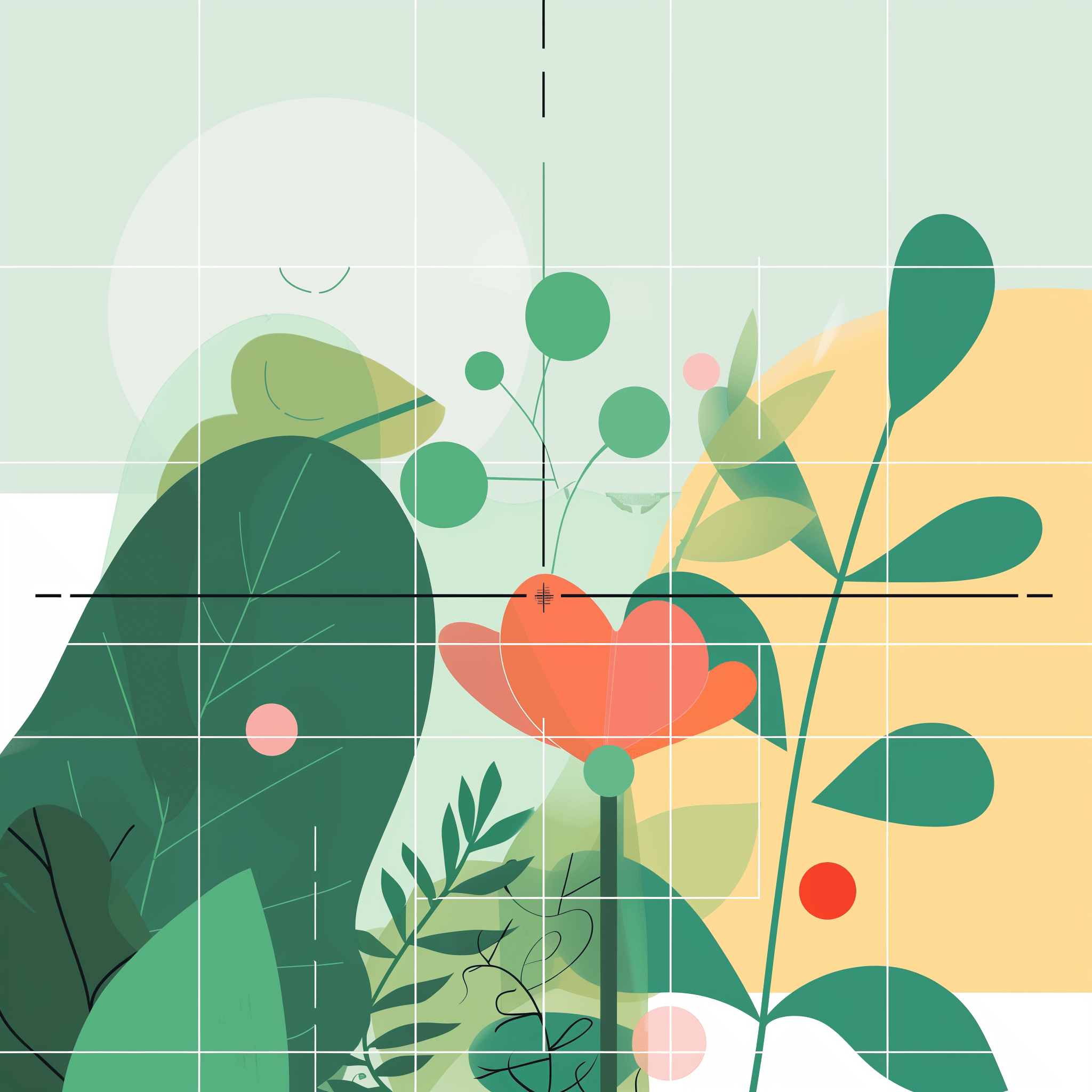
CarePac's design support
With our design support, you'll never have to worry about selecting the right ratio or image size. We will help you avoid unsightly black bars, and will guide you through how to choose the right pixel aspect ratio for your project.
Have questions about the 1:1 aspect ratio? Wondering if you need to use the same aspect ratio and image size across all your business packaging? Have questions about the appropriate aspect ratio for video? Whether you're confident in aspect ratio or need a little guidance, we are always here to help. Contact us today to get started on your project.

